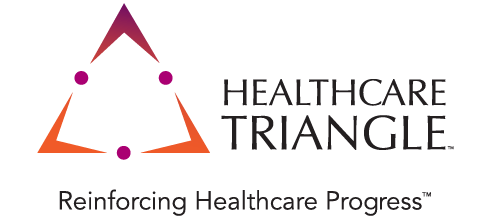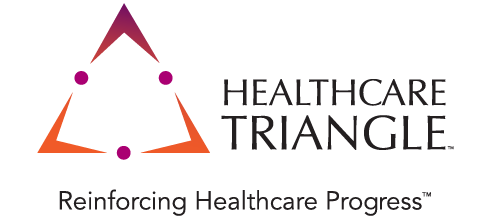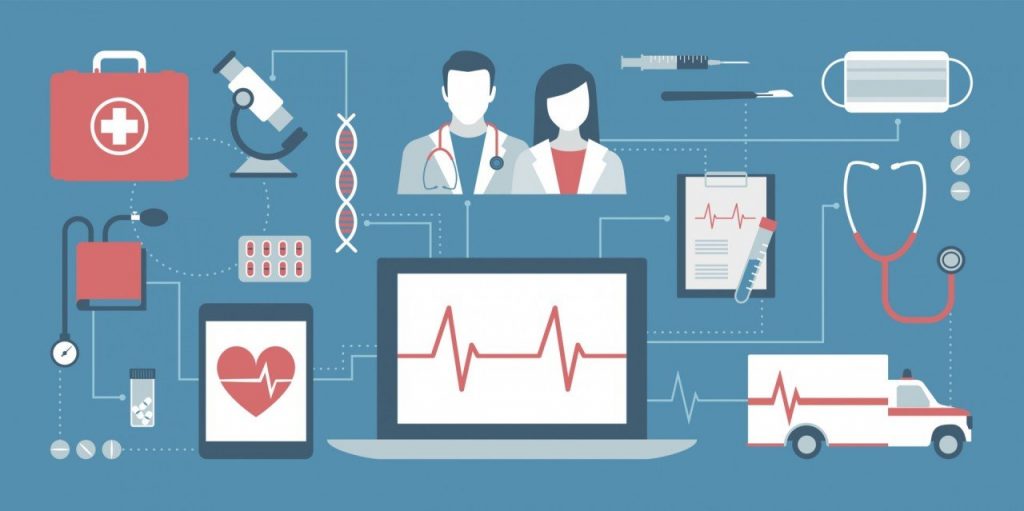The Power of the Portal
Healthcare Triangle
Nov 19, 2020
It’s 2020, and despite all the technology available to us these days, healthcare still manages to find a way to lag behind. One of the components that shines though is the EHR patient portal. Portals are must-haves for most organizations and providers, but they are much more than that as well.
For patients, it’s quick and easy access to a number of the core tools and needs essential to their care. For providers, it’s a mechanism that provides much needed automation and a respite from the labors of administrative requirements. For organizations, it’s a tool and communication platform that both serves specific purposes, and functions as an extension of broader marketing and engagement strategies.
And a deeper look at portals shows us their even more impressive value. They can boost both clinical and financial outcomes, drive patients to be more engaged in their own health, improve satisfaction ratings, loyalty, retention, and to go along with all that, the overall outcomes of care. The EHR portal isn’t just a tool, it’s a fully-featured platform. With online scheduling, pre-registration, patient history & questionnaires, test results, medication refills, document uploads, secure communication, bill pay, medical summaries, educational materials, reminders, health tracking for wearable devices, and general portability/interoperability of information, it’s a treasure trove of meaningful items at the fingertips of those who need them.
And then there’s the communication opportunity it provides. From direct, secure real-time messaging, email and eVisits, video messaging and real-time video visits, to automated notifications and the delivery of information and updates as they are obtained, it reduces redundancy and improves both patient and provider satisfaction. Portals also reduce the number of dedicated staff needed to man the phones and relay basic information to patients. Scheduling requests, automated lab results, prescription refill statuses, and even educational materials online and tailored to the patient, along with other automated reports, frees up both clinicians and administrative staff’s time.
While generally less-versed with technology, older patients engage with and use the EHR portal almost as much (and some more) than those in younger demographic pools. The various options, available in fairly simplistic designs, make communication and regular monitoring of personal health relatively easy. And mobile access via smartphone apps takes all of this ease a step even further for a majority of users.
The EHR patient portal isn’t just another component of the complex healthcare technology landscape, but rather an essential set of tools that, if used properly, will strengthen bonds between patients and practitioners, increase loyalty, trust, knowledge, and most importantly of all, increase an individual’s direct level of engagement with their own health and care.
For further discussion or immediate healthcare project-related assistance, drop an email to info@healthcaretriangle.com or schedule a consultation.


